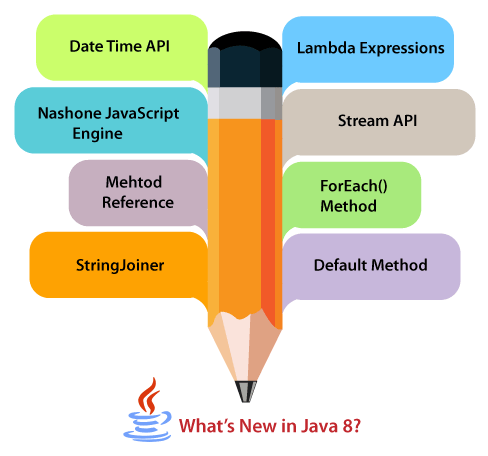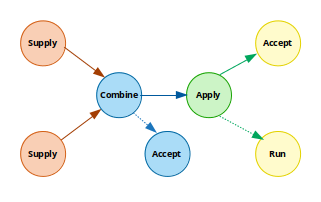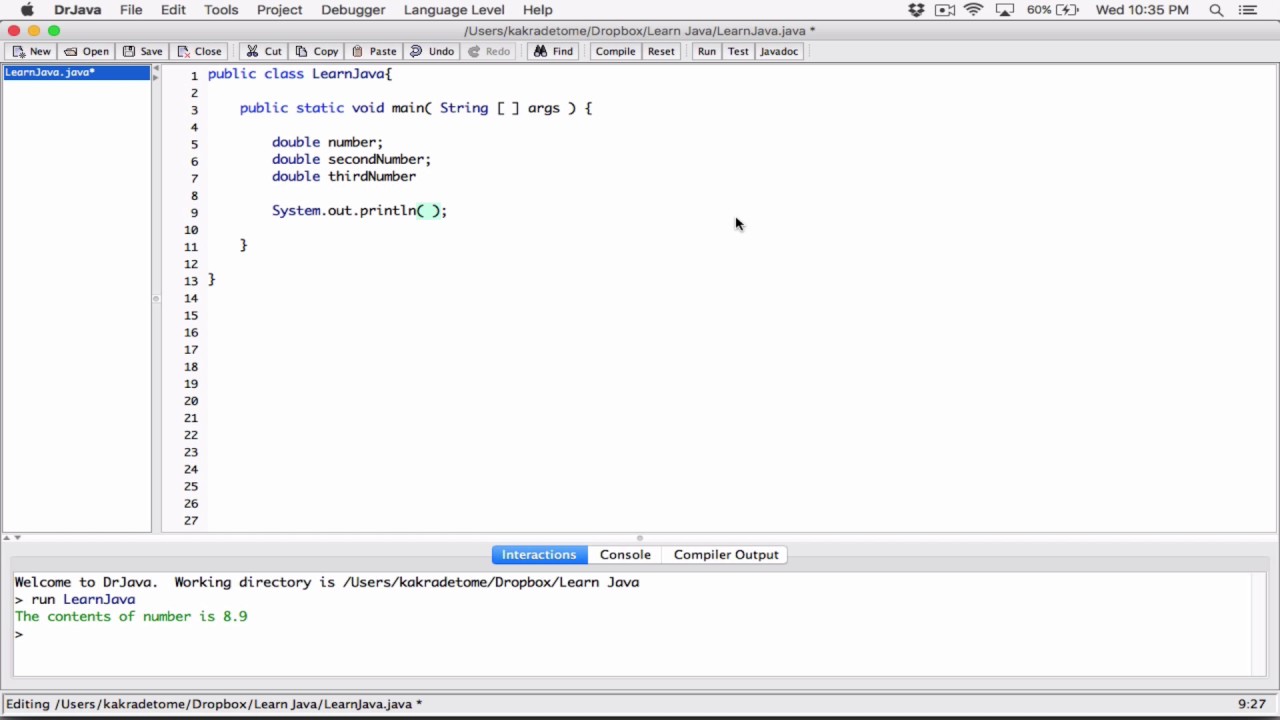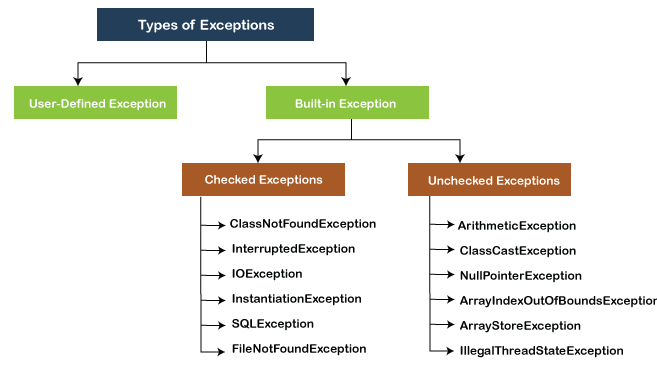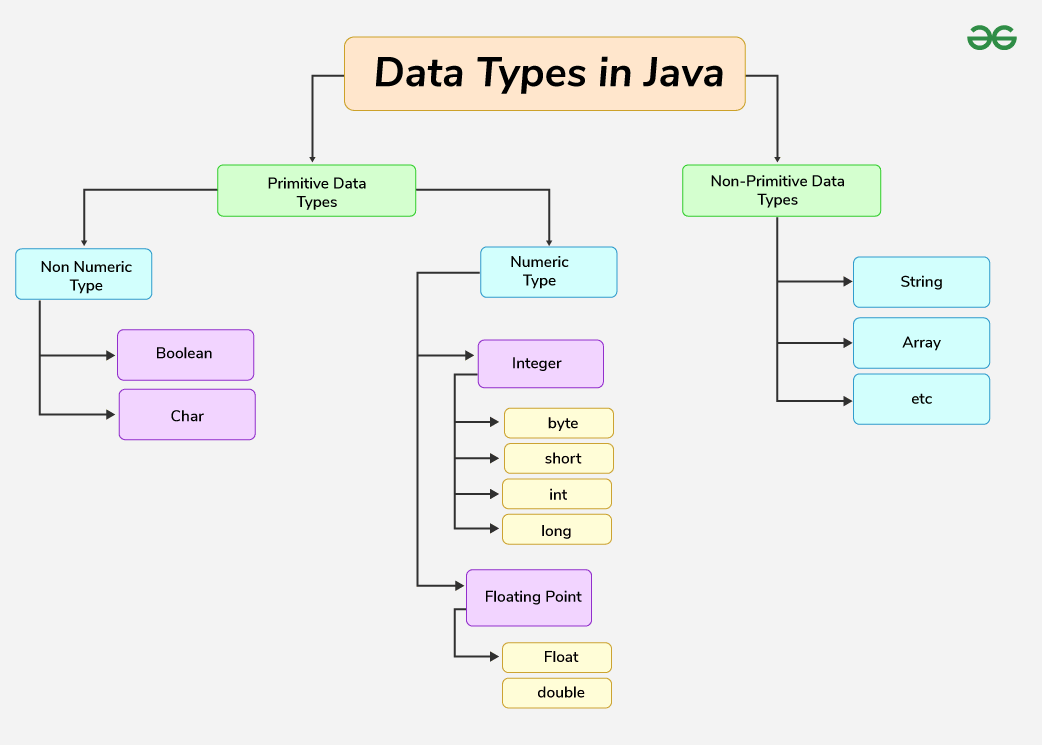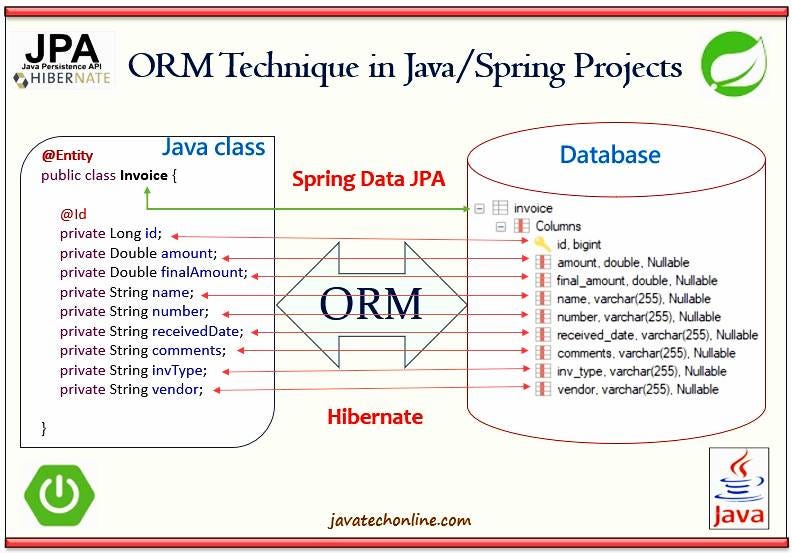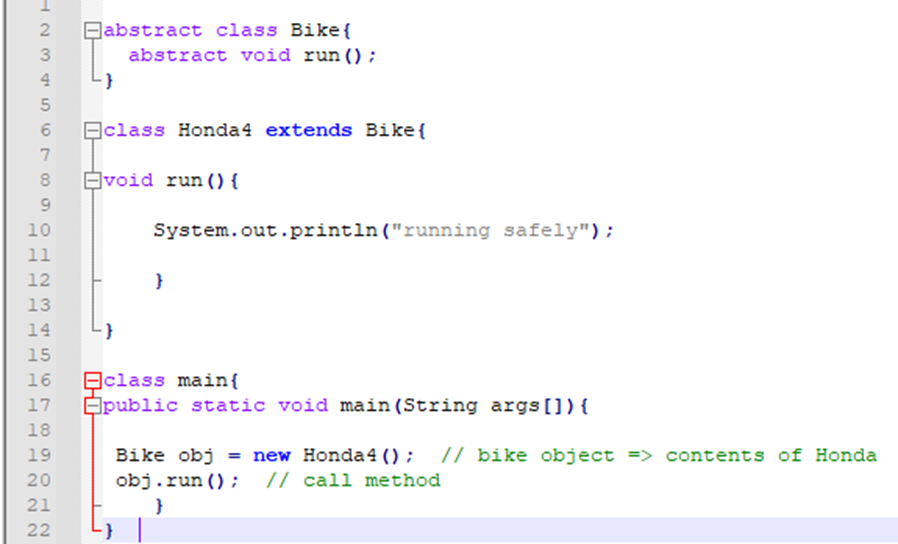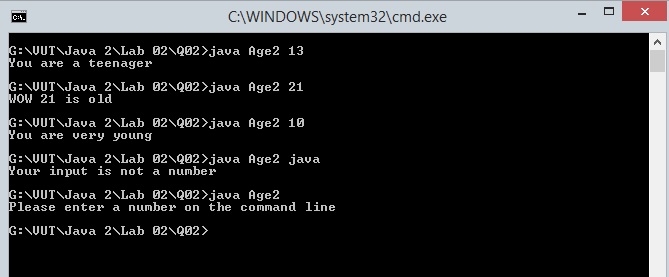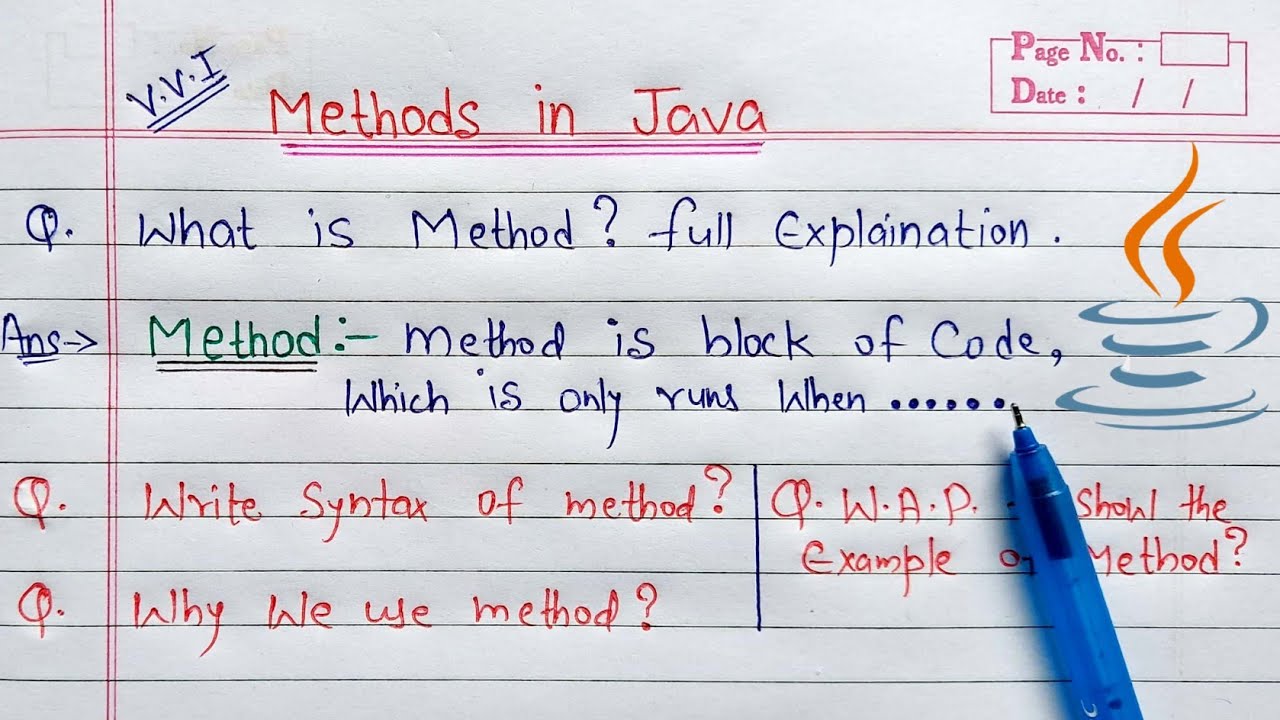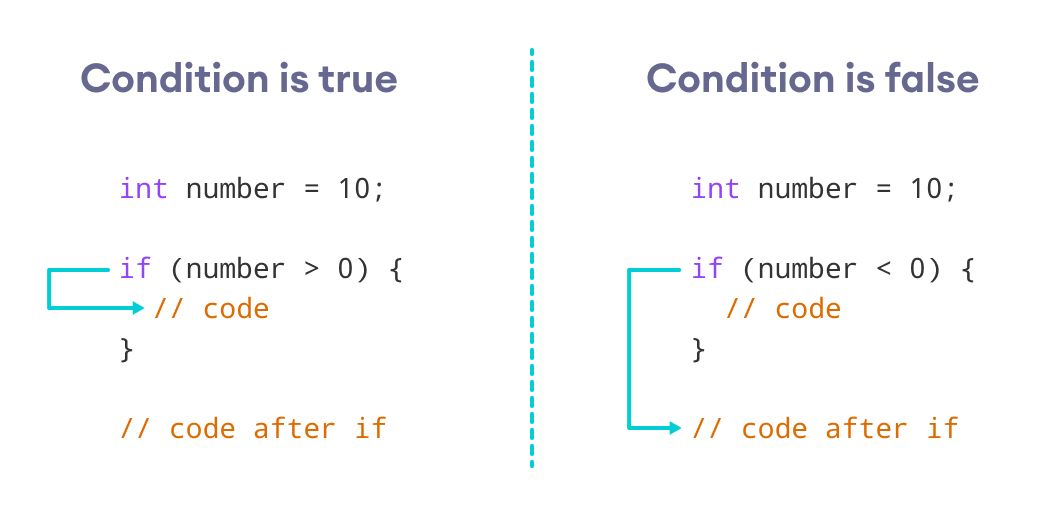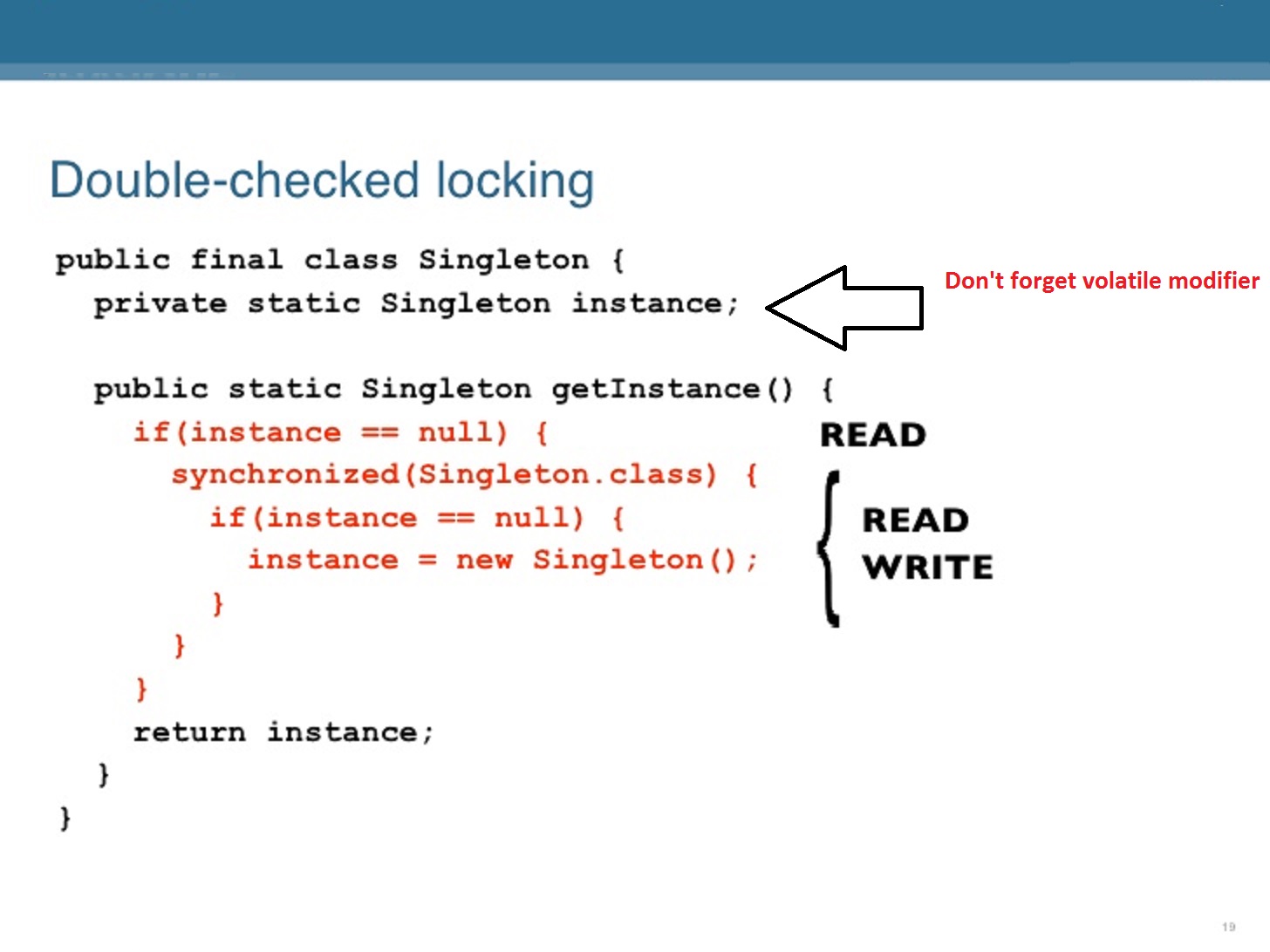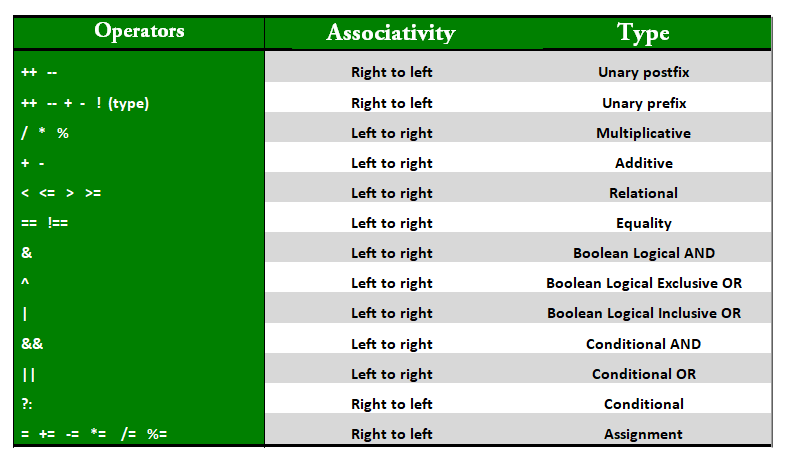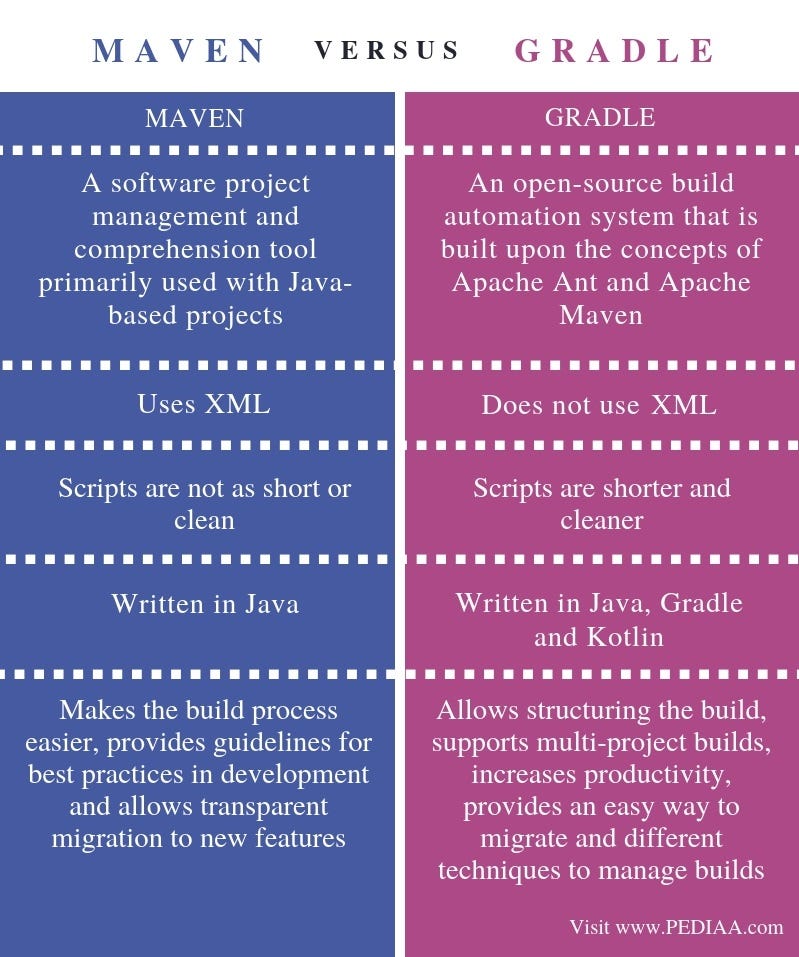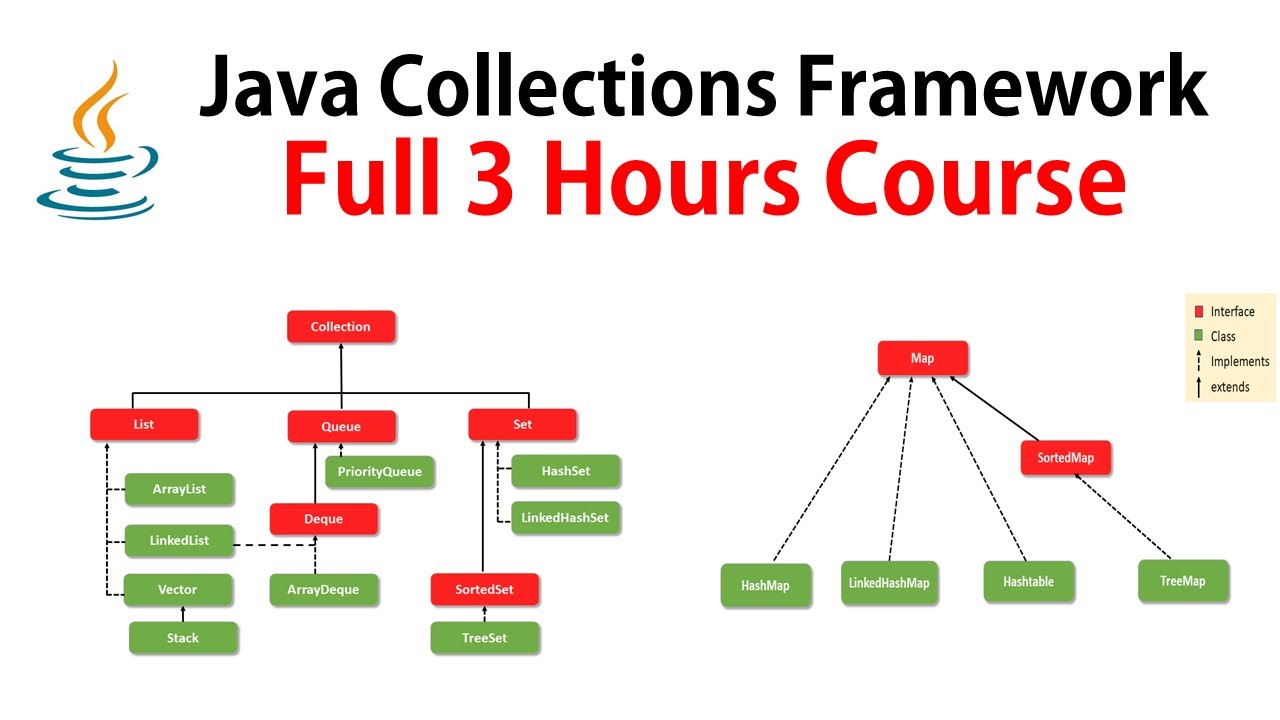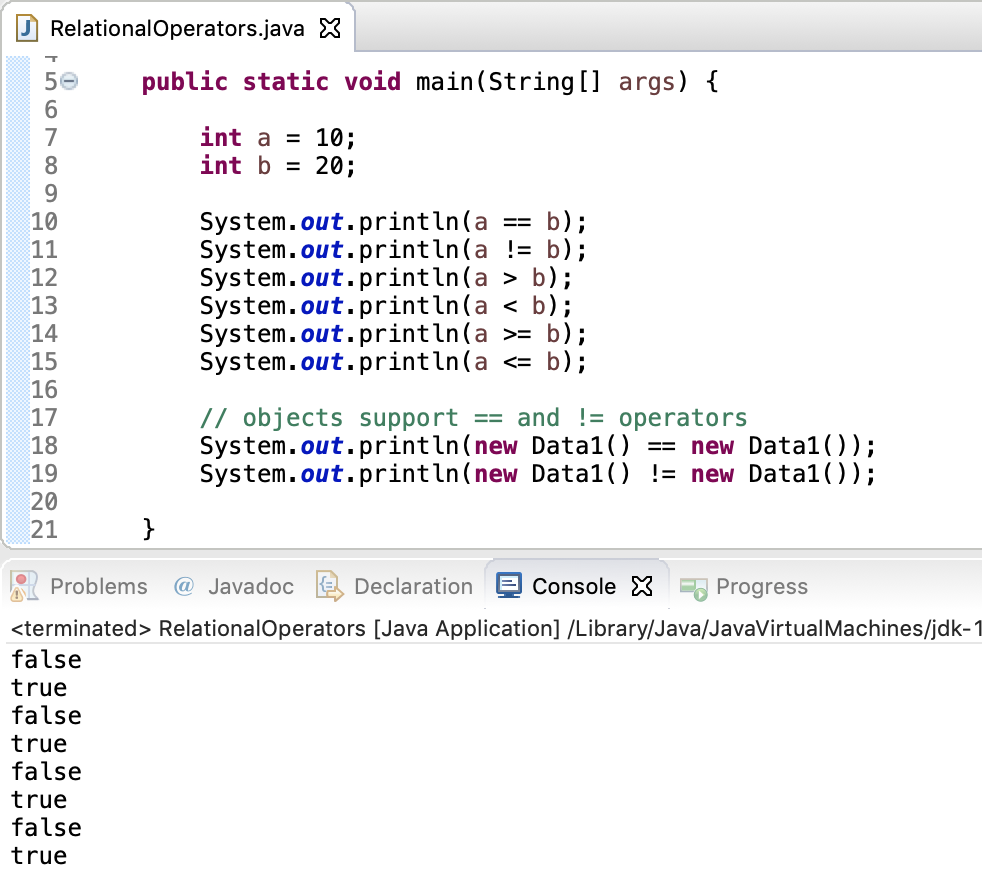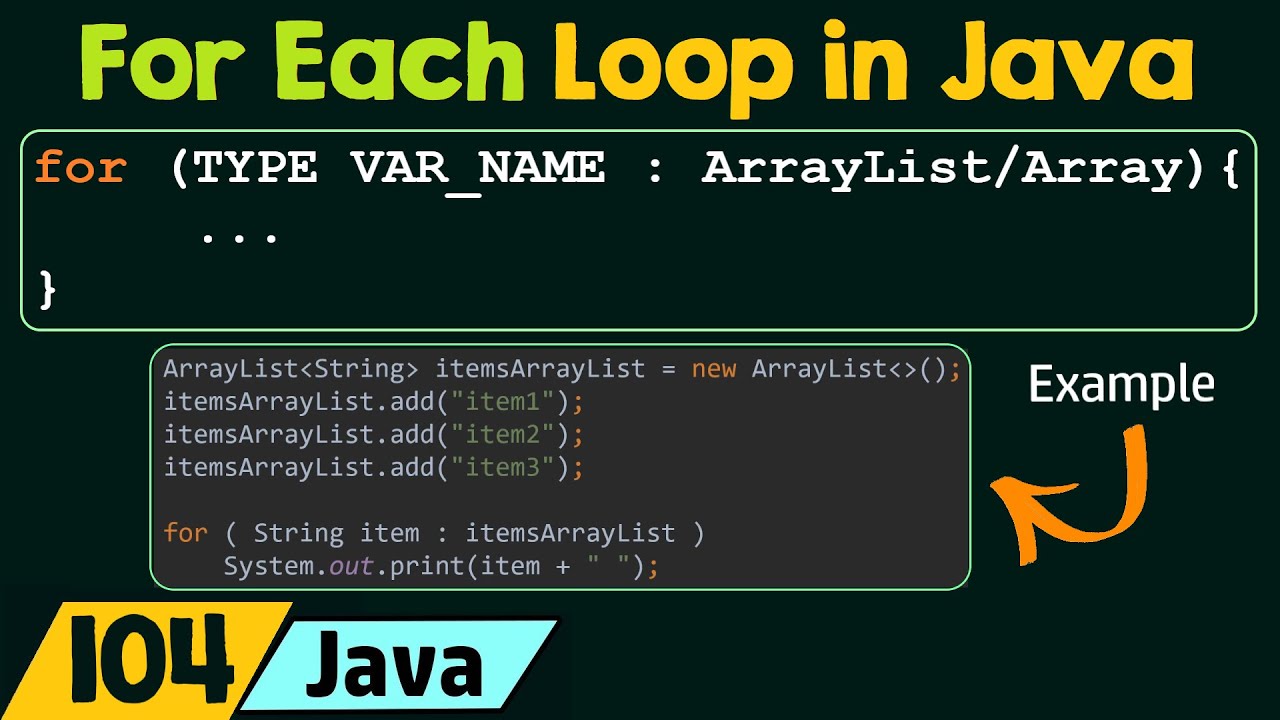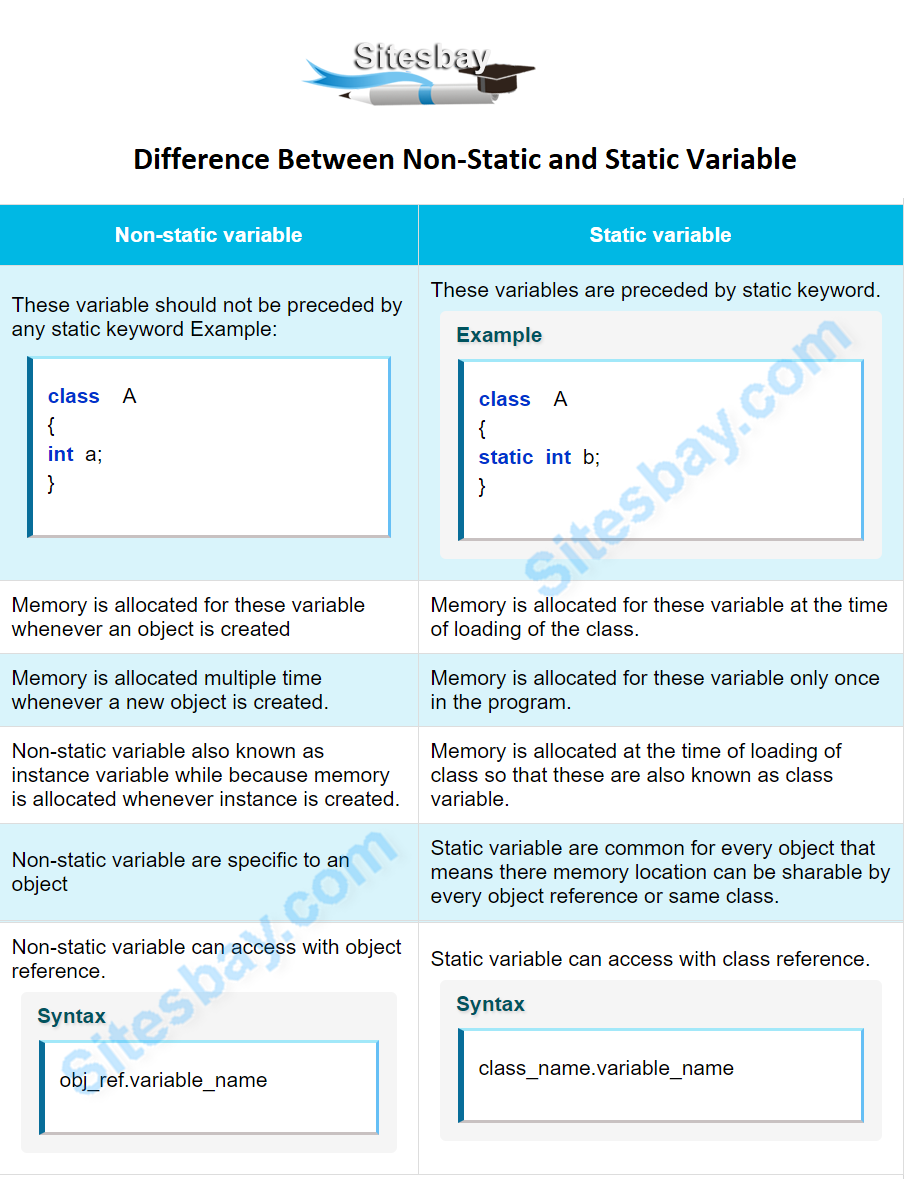How to create global variables in Java?
How to create global variables in Java?
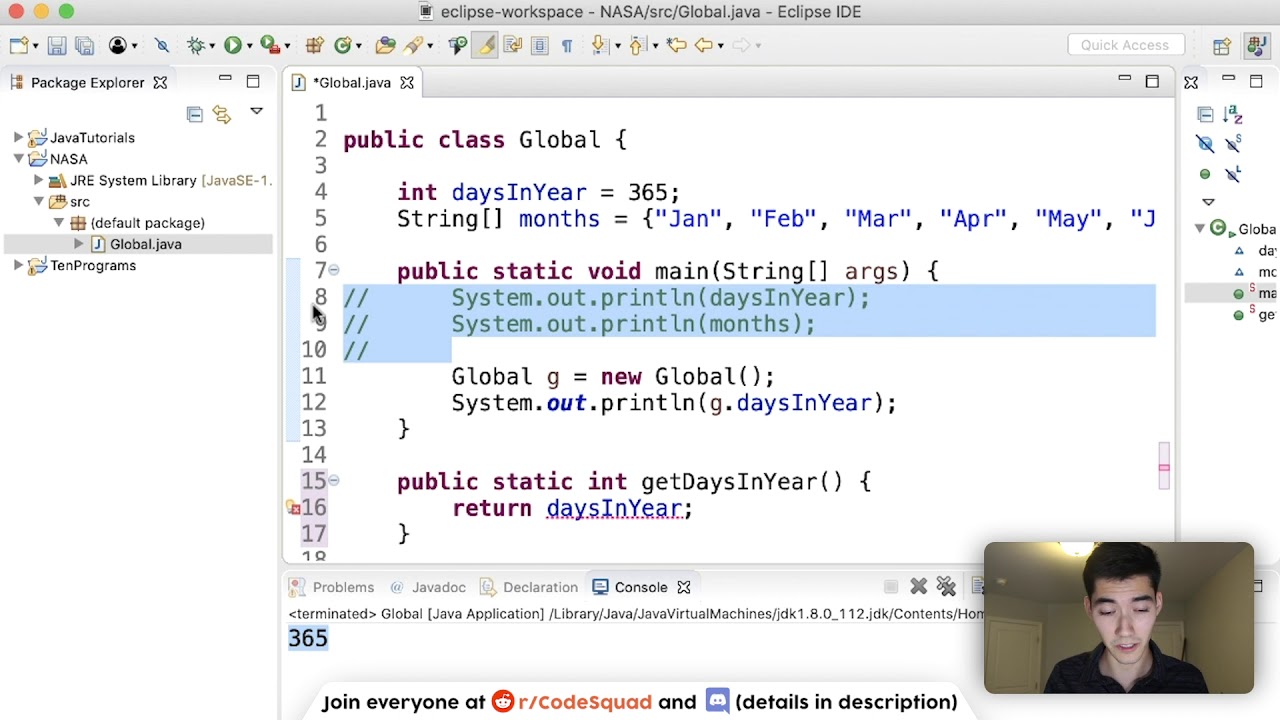
I'm happy to help!
Creating Global Variables in Java
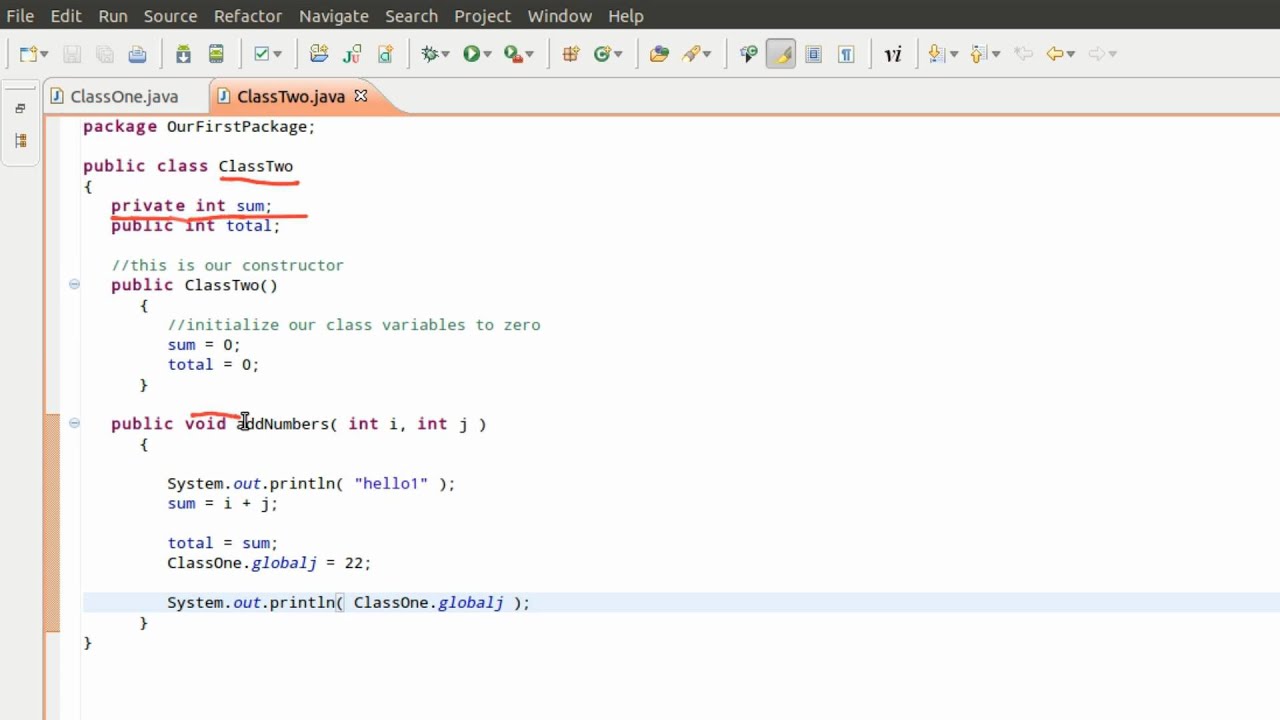
In Java, there are several ways to create global variables that can be accessed from any method or class within your application. Here are a few approaches:
Static Variables: You can declare static variables at the class level to create global variables. Static variables belong to the class rather than instances of the class, and their values are shared by all instances.public class GlobalVariables {
public static int GLOBAL_VAR = 10; // Declare a static variable
// Other methods or classes can access this variable
}
public class GlobalVariables {
private static GlobalVariables instance = null;
public int GLOBAL_VAR;
// Private constructor to prevent instantiation
private GlobalVariables() {}
public static GlobalVariables getInstance() {
if (instance == null) {
instance = new GlobalVariables();
}
return instance;
}
// Other methods or classes can access this variable
}
// Load the properties file
Properties props = new Properties();
props.load(new FileInputStream("global.properties"));
// Access the global variable
int GLOBAL_VAR = Integer.parseInt(props.getProperty("GLOBAL_VAR"));
@ApplicationScoped annotation to create a singleton bean that holds global variables.
import javax.inject.ApplicationScoped;
@ApplicationScoped
public class GlobalVariables {
public int GLOBAL_VAR = 10; // Declare a static variable
// Other methods or classes can access this variable
}
In summary, Java provides several ways to create global variables. You can use static variables, singleton classes, properties files, or application scope variables depending on your specific requirements and design constraints.
Remember that global variables should be used judiciously, as they can make your code harder to understand and maintain. Always weigh the benefits of using global variables against the potential drawbacks before incorporating them into your application.
How to create a global array in Java?
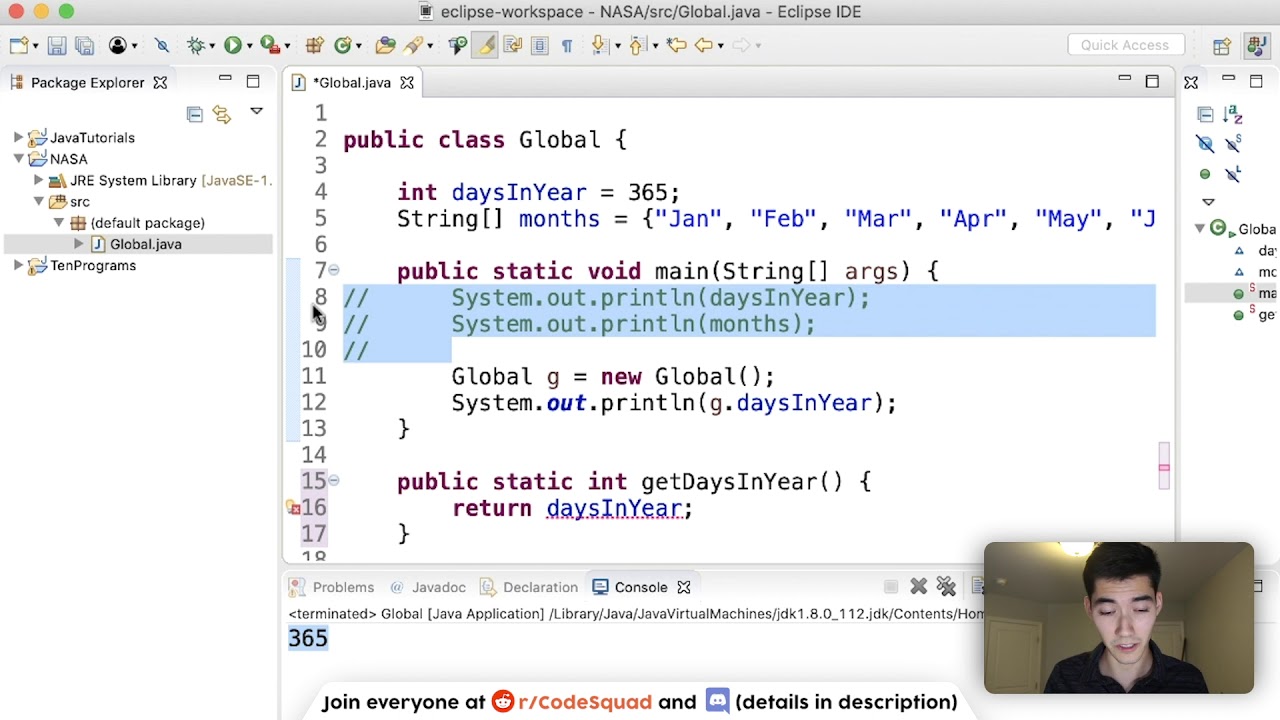
Creating a Global Array in Java!
In Java, arrays are used to store multiple values of the same type. A global array is an array that is declared outside any method or constructor and can be accessed from anywhere within the class. Here's how you can create one:
Method 1: Static Array
You can declare a static array at the top level of your Java class, like this:
public class MyGlobalArray {
public static int[] myGlobalArray = new int[10];
}
The static keyword means that this array belongs to the class itself, rather than any instance of the class. This array can be accessed from anywhere within the same class using the class name and the dot notation (e.g., MyGlobalArray.myGlobalArray).
Method 2: Non-Static Array
You can also declare a non-static global array by declaring it as an instance variable:
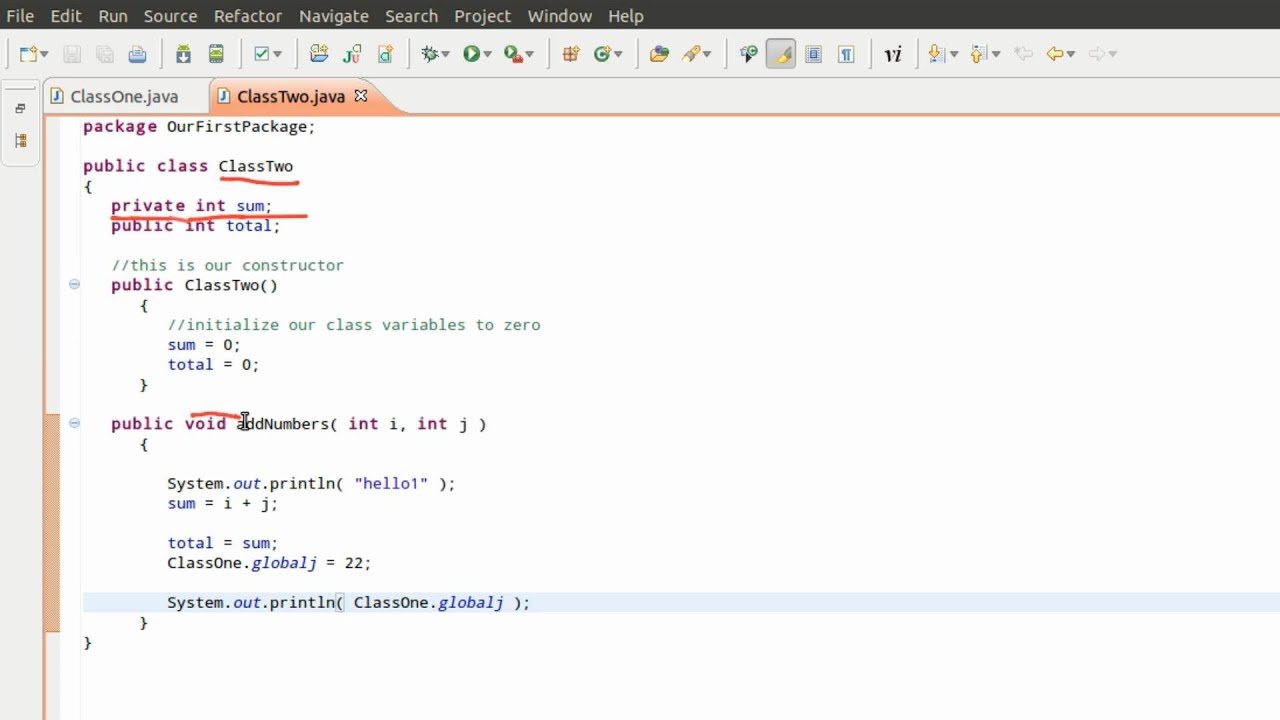
public class MyGlobalArray {
public int[] myGlobalArray = new int[10];
}
This array is associated with the instance of the class, so each time you create an object of this class, you'll have a separate copy of the array. You can access this array using the object name and the dot notation (e.g., myObject.myGlobalArray).
Using Global Arrays
Once you've created your global array, you can use it from anywhere within your class:
public class MyGlobalArray {
public static int[] myGlobalArray = new int[10];
public void myMethod() {
myGlobalArray[0] = 5; // sets the first element to 5
System.out.println(myGlobalArray[0]); // prints 5
}
}
In this example, we're creating a static global array and then accessing it from within a method.
Best Practices
Here are some best practices to keep in mind when working with global arrays:
Use meaningful names: Choose names that clearly indicate the purpose of your global array. Keep it small: Global arrays can be problematic if they're too large, so try to keep them as small as possible. Use accessors: Consider using accessor methods (getters and setters) to control access to your global array.Conclusion
In this article, we've covered how to create a global array in Java using both static and non-static arrays. We've also discussed best practices for working with global arrays. Remember to choose meaningful names, keep your arrays small, and use accessors to control access. Happy coding!

